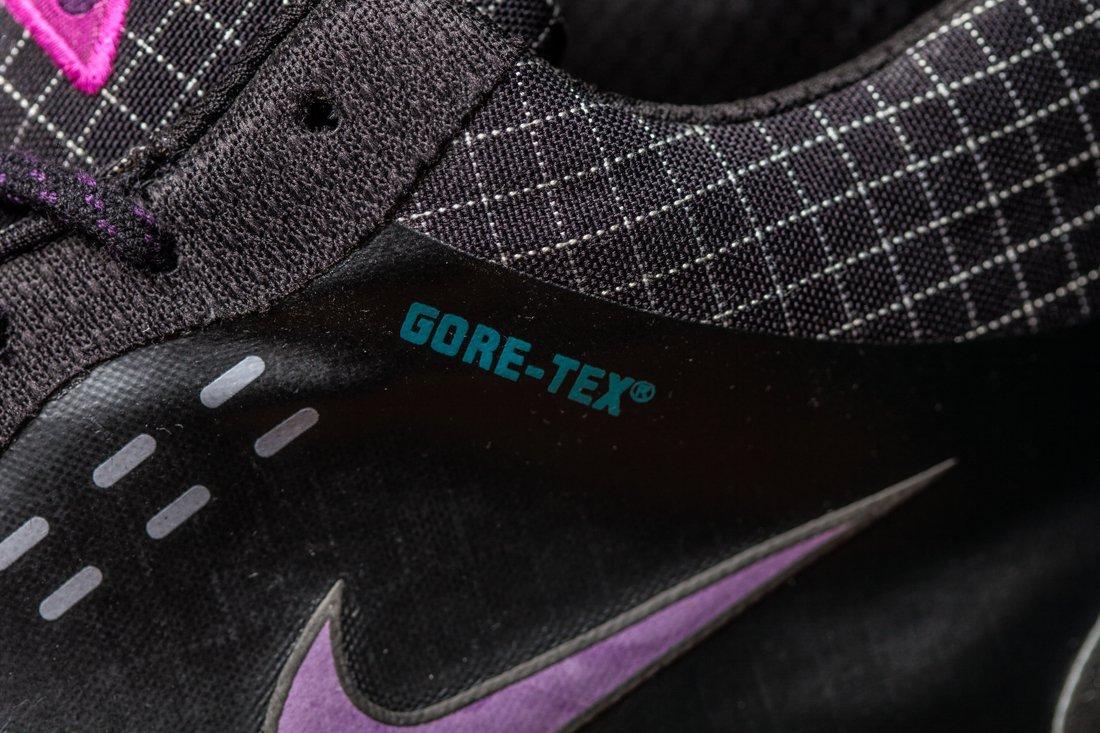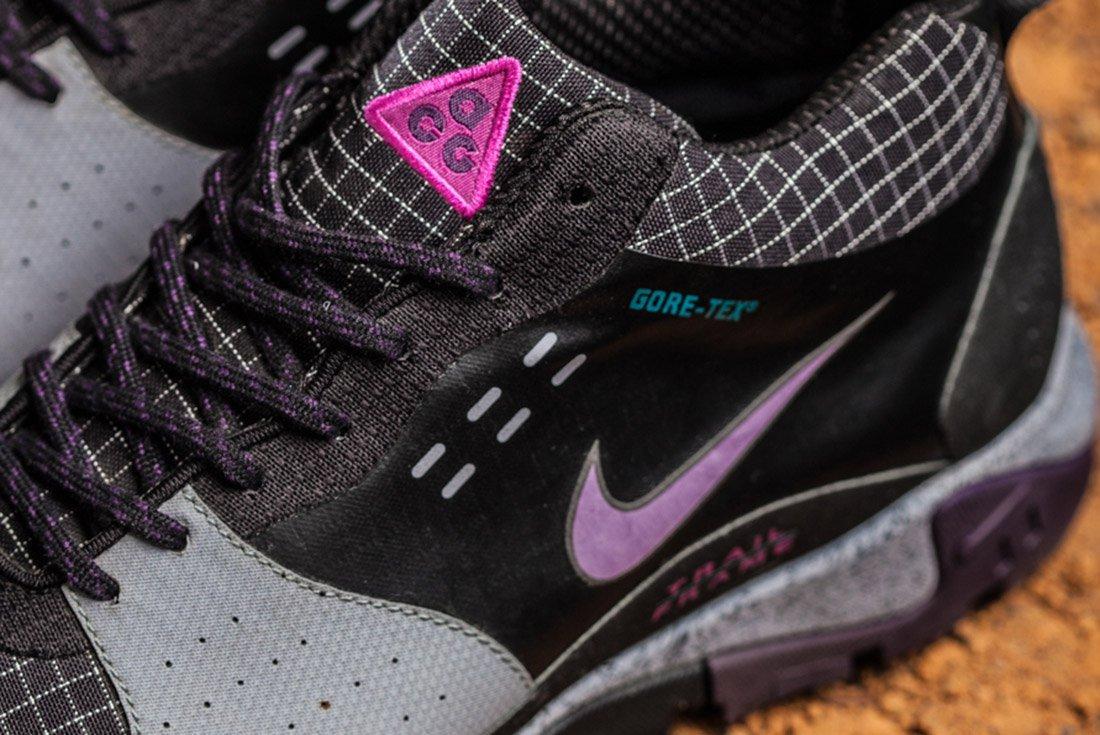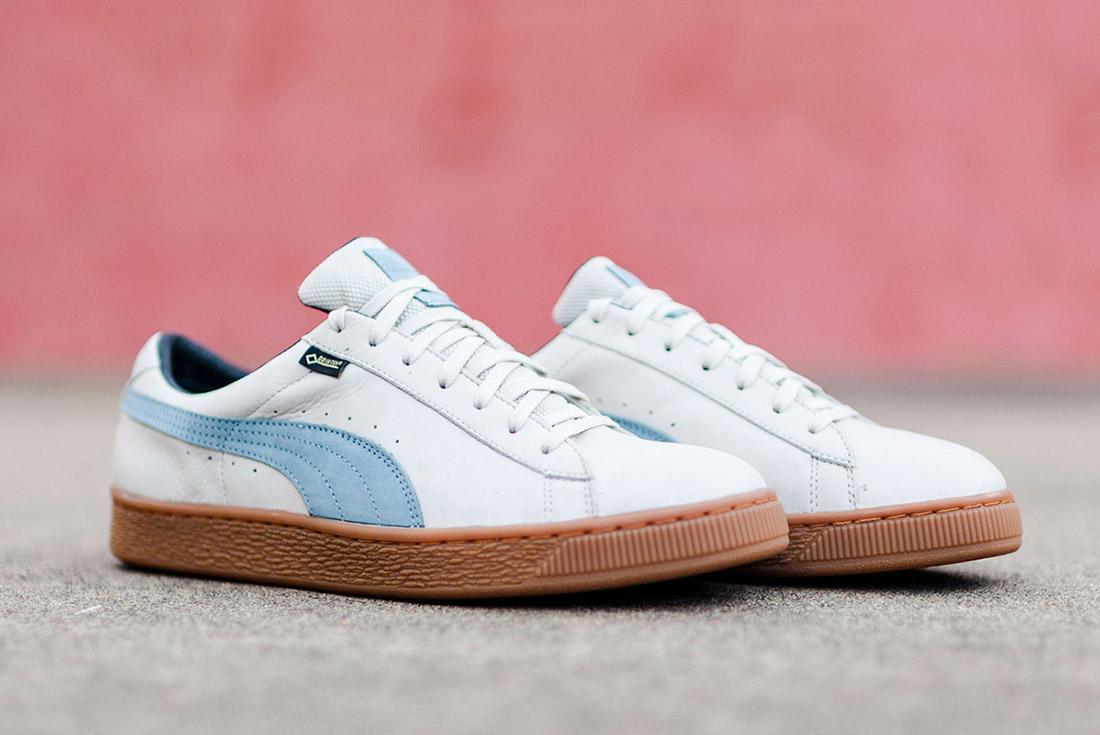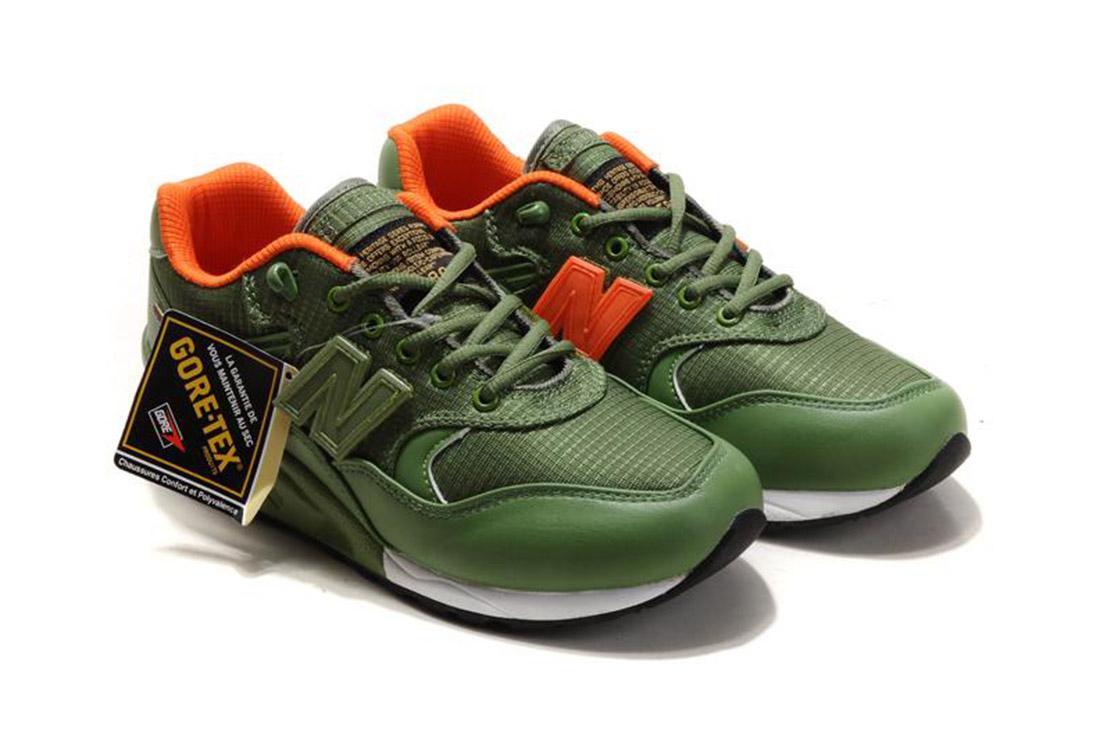Material Matters: Gore-Tex
Gore-Tex was born to be a saviour for soggy hikers, grew into the icon of a gritty sub-culture and is now a household name. The coveted membrane adds legitimacy – and a higher price tag – to any outdoor garment with its unbeatable ability to keep water out, while letting your skin breath. It may seem like textile wizardry at first but the story of Gore-Tex is one of discovery and ongoing innovation. As the planet’s top half prepares to plunge into the depths of winter, let’s take a look at what it takes to keep those toes dry.

Gore-Tex in space.



